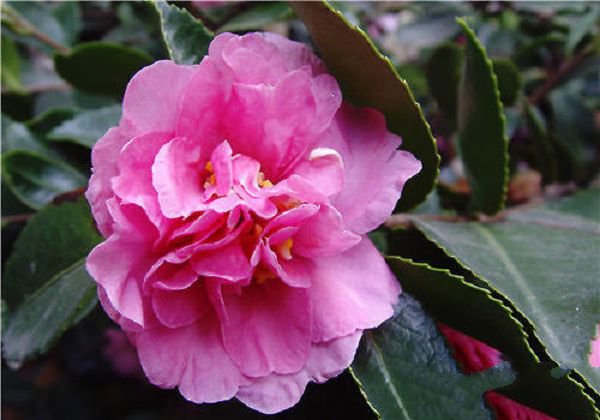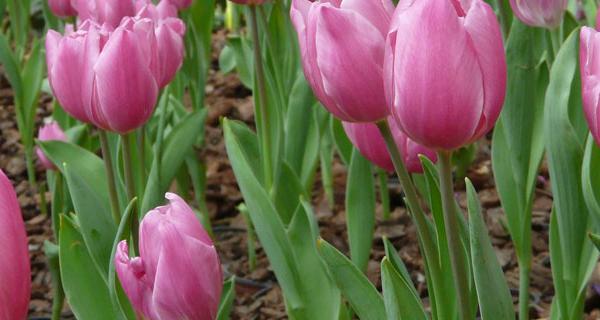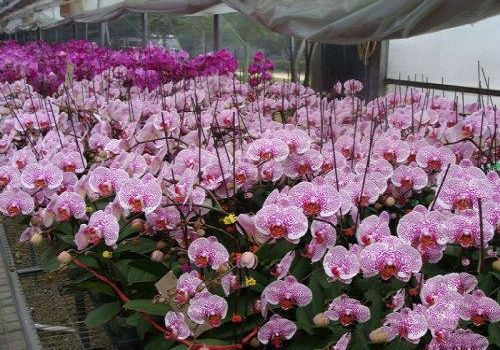Not all flowers are suitable for wintering at high temperatures.

Many flowers and plants need more careful care after entering winter, so moving flowers and plants into the greenhouse is the choice of many flower friends. However, florists do not know that not all flowers and plants are suitable for overwintering at high temperatures, and different varieties of flowers have their own safe ways to survive the winter.
Camellia
Flowers that need to spend the winter in the cold shed, such as potted camellias, rhododendron, brown bamboo, Michelia, Zhu Dinghong, etc., should pay attention to ventilation and cooling in sunny days after entering the shed, and do not covet the high temperature. High temperature will break the dormancy of flowers and make them enter the state of growth, which will greatly reduce the cold resistance of flowers and be vulnerable to freezing injury.
For flowers that need to grow in greenhouse and blossom in winter or early spring, such as Chrysanthemum morifolium, Primula, Prunus tomentosa, cyclamen, calla lily, etc., the daytime temperature can be kept at 15 ℃ ~ 20 ℃. If the temperature in the greenhouse is too high, it should be ventilated and cooled down. It needs to be covered with heat preservation at night, and the temperature should be increased if the temperature is too low, so that the greenhouse temperature should be kept at about 5 ℃, not less than 0 ℃.
The air humidity in the greenhouse is high, so special attention should be paid to the prevention and control of fungal diseases such as black spot and powdery mildew. In order to meet the needs of different flowers and facilitate daily management, it is best to plant the same variety in a plastic greenhouse. If there are no conditions, it should be arranged according to the different temperature requirements of flowers. In the greenhouse, the light is strong and the temperature is high in the south, while the light is weak and the temperature is relatively low in the north. Flowers can be placed in different zones according to the difference of light and temperature in the greenhouse. Flowers growing in the shed should properly control watering, keep the soil "dry and wet", and often ventilate and refine seedlings to promote their growth.
Flowers that need to survive the winter in a high-temperature greenhouse, such as taro, variable-leaf wood, cactus, pineapple, rich tree, dragon blood tree, tropical orchid, etc., can be covered with thermal insulation materials in the greenhouse to prevent heat loss at night, which is very effective in sunny nights. In addition, a simple shed can be set up in the greenhouse to form a double-layer shed. The best distance between the two layers of plastic film is about 10 cm, the air thermal conductivity in the middle is small, the thermal insulation effect is good, and the temperature in the shed is relatively stable. When the temperature in the shed needs to be increased, electric heating or boiler heating can be used, but these two methods have high energy consumption and high cost, and can only be used in very low temperature and in rainy and snowy days for a short time. Flowers that like high temperature dormancy and overwintering should stop fertilization and control watering to keep the soil in a semi-arid state to prevent rotting roots and dead seedlings. On a clear day, when the temperature in the shed reaches 25 ℃, it should be ventilated and dehumidified.
Related
- What if the leaves of potted flowers turn yellow?
- Florescence Control of several Flowers
- Anti-freezing technology and post-freezing nursing technology of flowers
- What is the classification of flowers? What are the common methods of flower classification?
- Prevention and control of alkali and acid damage of flowers in courtyard
- Technology of Anti-freezing and restoring growth of Flower seedlings in greenhouse and greenhouse
- How does flower fertilization not hurt the root? Fertilization technology of flowers
- Key points of disinfection in flower greenhouse
- Several pesticides that are banned or used cautiously in flowers
- How to fertilize the flowers that watch the leaves?



